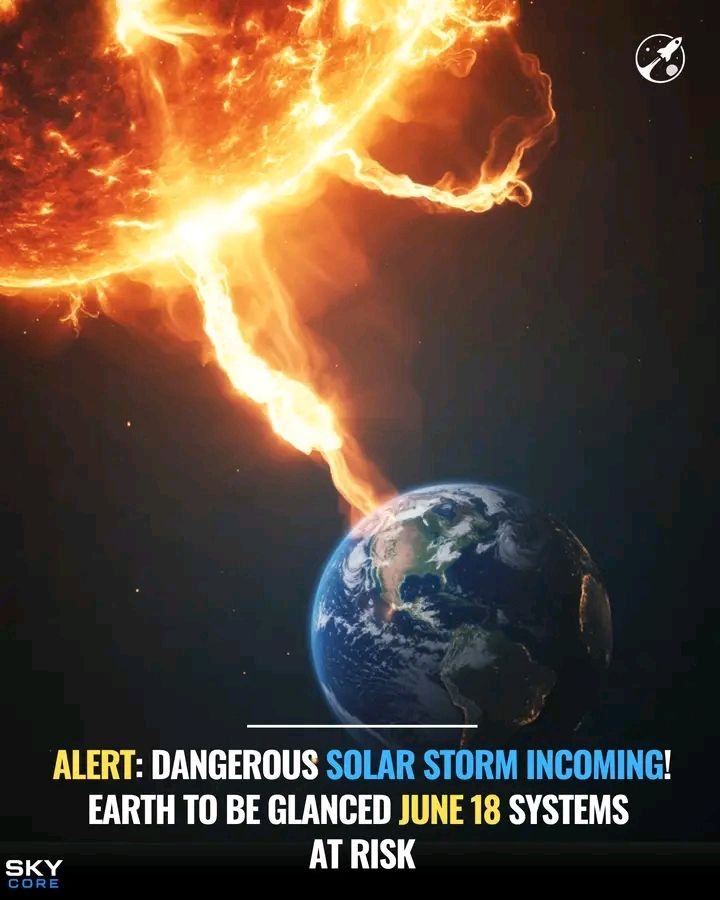
New data from NASA has revealed a dramatic rise in the intensity of weather events such as droughts and floods over the past five years. The study shows that these extreme events are becoming more frequent, longer-lasting, and more severe, with last year’s figures reaching twice that of the 2003–2020 average.
The steepness of the rise was unexpected. Researchers say they are amazed and alarmed by the latest figures from NASA’s Grace satellite, which monitors environmental changes on Earth. Climate change is seen as the most likely cause, even though the intensity of extremes appears to be increasing faster than global temperatures.
A Met Office expert noted that while increases in extreme events have long been predicted, they are now becoming a reality—and people are unprepared for them.
The data is not yet peer-reviewed, and researchers say it may take another decade or more to confirm a definitive trend. Dr. Bailing Li of NASA’s Goddard Space Flight Center stated, “We can’t prove causation yet—we would need a much longer dataset. But warming appears to be the driving factor behind more frequent and intense extreme events worldwide.”
Dr. Matthew Rodell, chief of hydrologic sciences at NASA Goddard, also expressed concern, saying the acceleration of destructive events is “certainly scary.”
The earlier part of the NASA time series was published in Nature Water in 2023. Researchers used a mathematical formula to measure the severity of weather events based on area affected, duration, and how wet or dry the event was. The findings warned that disruptions to the global water system could be one of the most significant consequences of the climate crisis.
The data indicated a strong correlation between the intensity of extremes and global mean temperature, more so than with El Niño or other climate indicators. This suggests that continued warming will likely lead to more frequent, severe, and longer-lasting droughts and floods.
The updated statistics were requested by Global Water Intelligence, whose head, Christopher Gasson, said water companies are unprepared for the effects of climate change, facing both flooding and water shortages. “This is extremely scary,” he said. “The industry needs to attract investment on a massive scale.”
Professor Richard Betts of the Met Office and Exeter University called the NASA report “a stark reminder” that a hotter planet means more severe floods and droughts. “The world isn’t prepared for the changes in intense rainfall and drought that are now occurring,” he said. “People have built their lives around past weather patterns, making them vulnerable to new extremes. We need to urgently reduce emissions and adapt to the changes already happening.”
A recent report by the charity WaterAid said extreme fluctuations between floods and droughts are devastating millions of lives, with major cities experiencing rapid shifts between extreme conditions.
The Royal Meteorological Society warned that sudden transitions—known as “climate whiplash”—can be even more damaging than individual extreme events, affecting agriculture, infrastructure, biodiversity, and human health.
Asher Minns, from the Tyndall Centre for Climate Change Research at the University of East Anglia, reported unpublished UK-based findings showing intensification of both droughts and floods, as well as abrupt shifts between them—referred to as hydroclimatic whiplash events.
Meanwhile, the World Meteorological Organization’s latest report projects an 80% chance that at least one of the next five years will surpass 2024 as the warmest year on record. Global temperatures are expected to keep rising, increasing climate risks and impacts across societies, economies, and sustainable development.
The unpredictability revealed by the new data is likely to alarm the insurance industry, which bases premiums on past trends. This could trigger ripple effects across global economies.